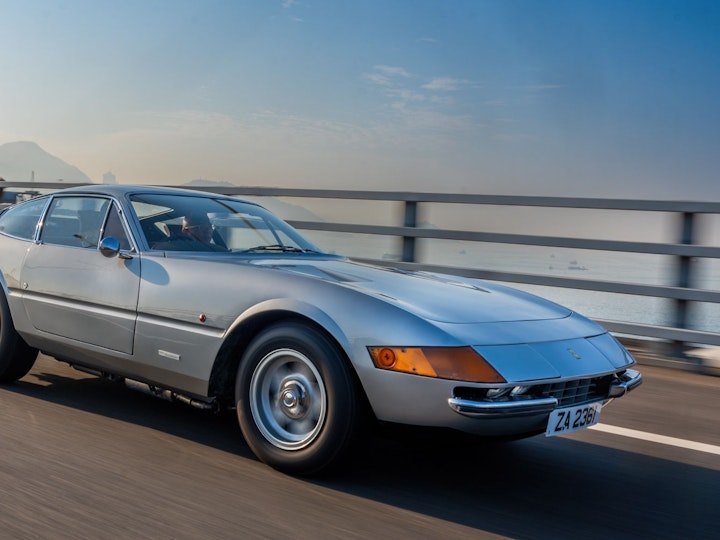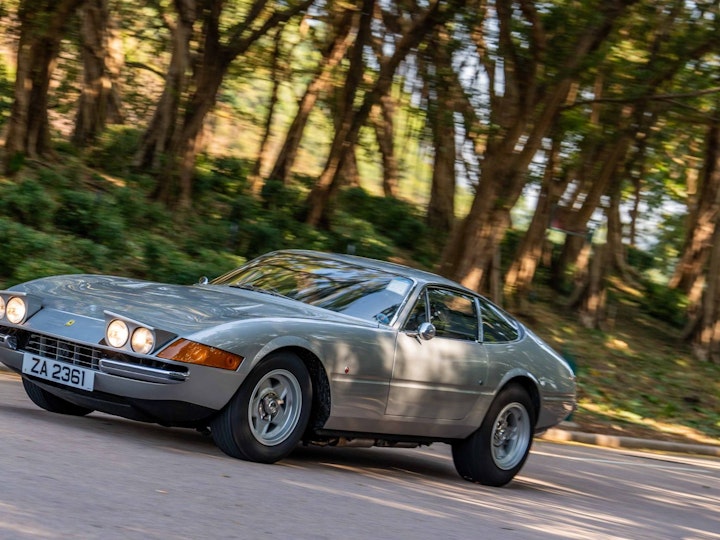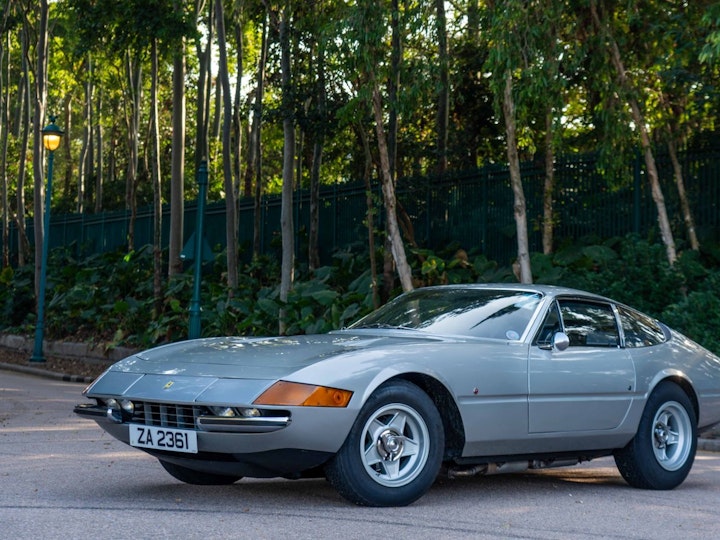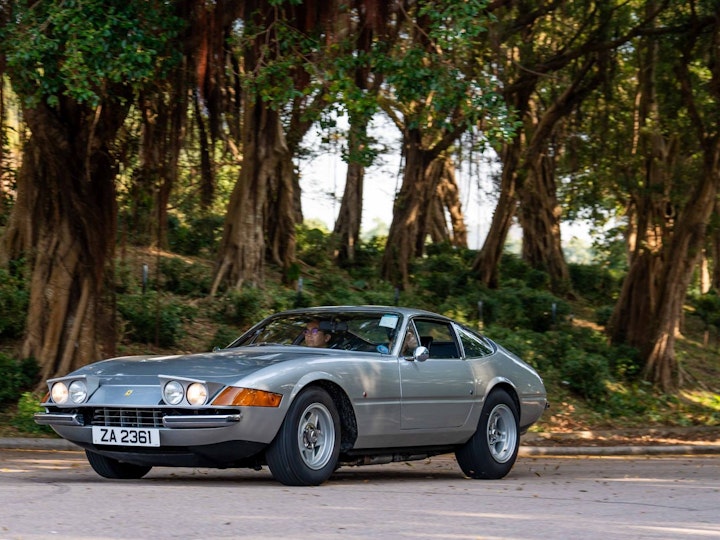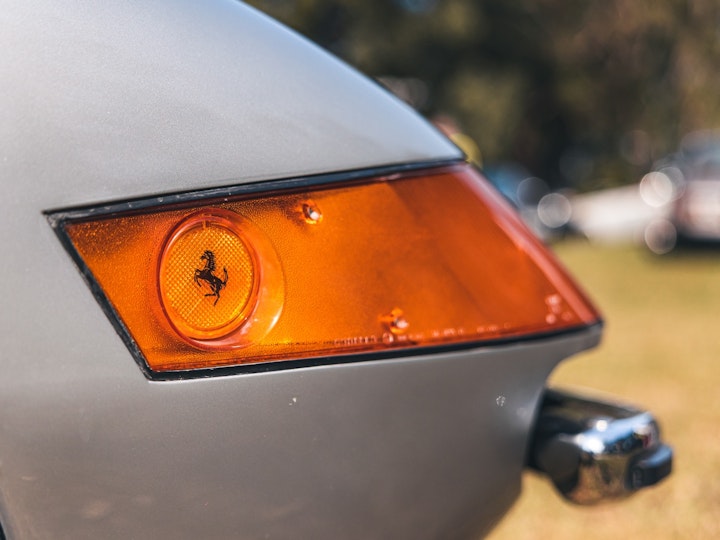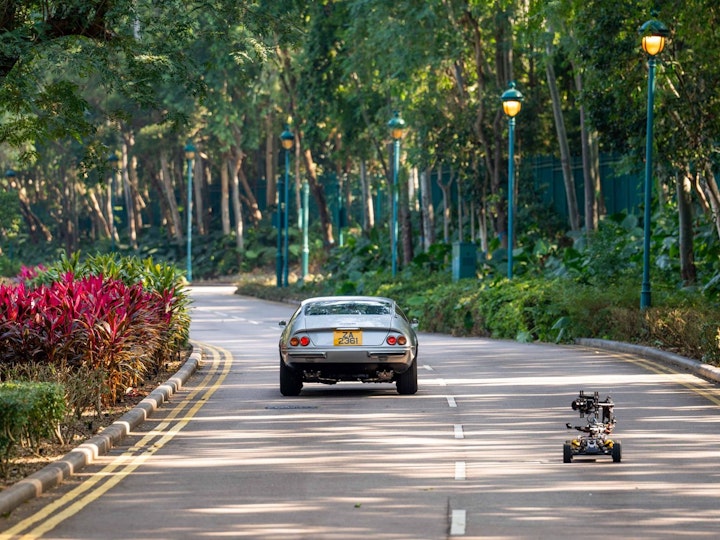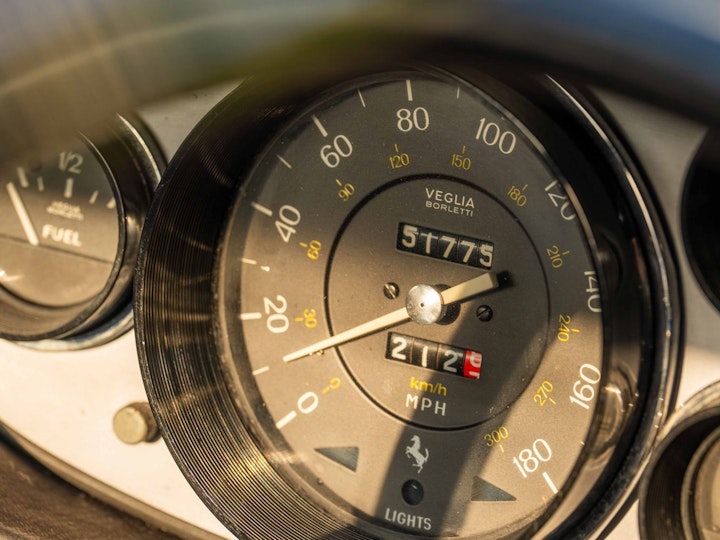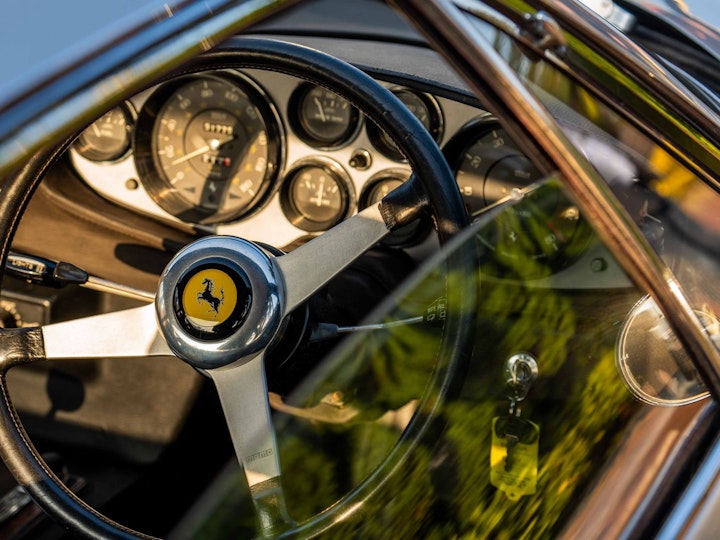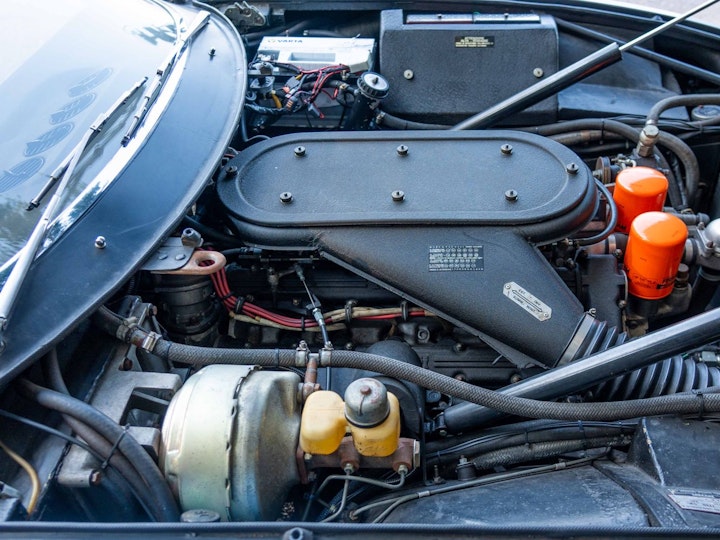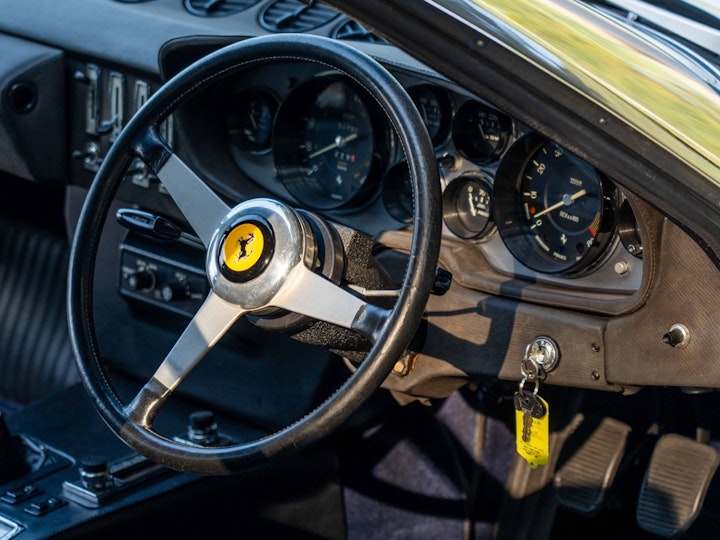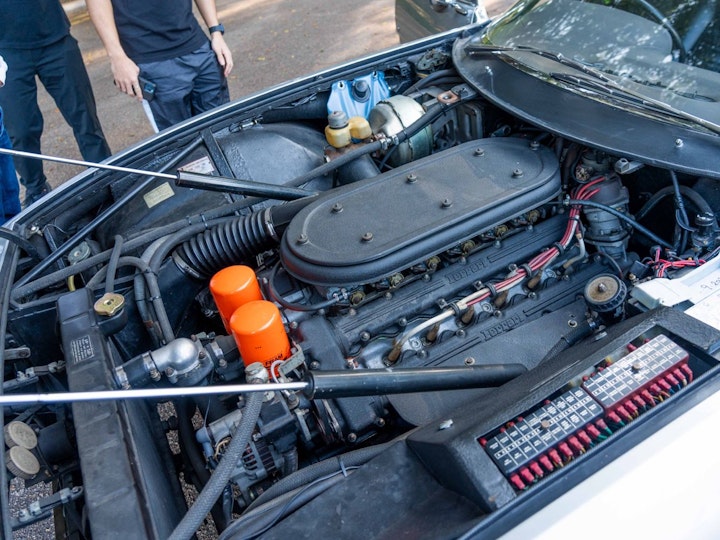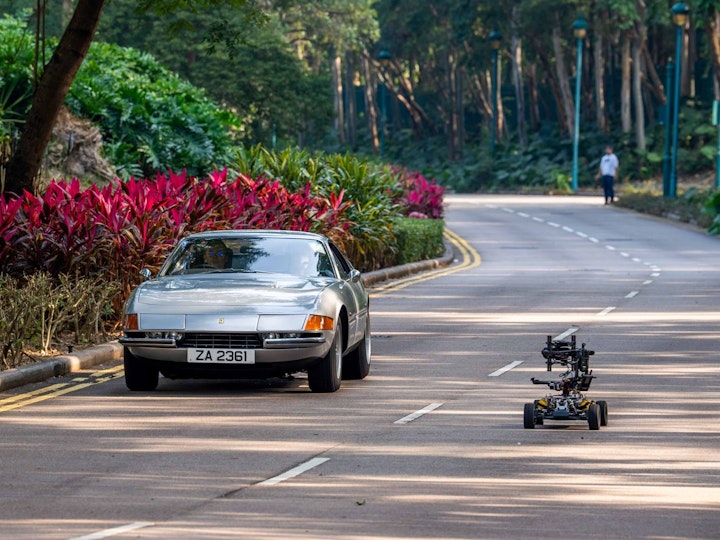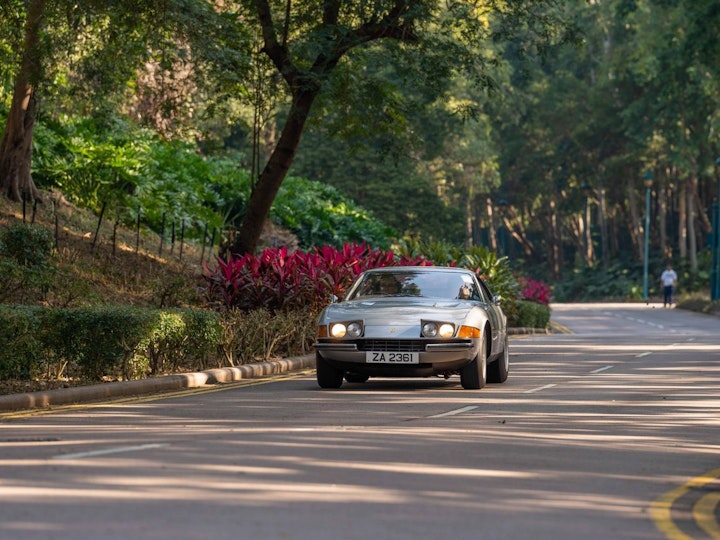In the 1966 24 Hours of Le Mans, Ferrari suffered a humiliating defeat. In Ferrari’s European home turf, Ford, with its unstoppable GT40, took overall victory. The historical picture-perfect finish, with the three GT40’s taking the top three spots, further rubbed salt on Ferrari’s wounds. The Americans have, of course, milked this incredible victory for decades afterwards. In as recent as 2019, they told the story yet again with the blockbuster Ford v Ferrari, starring Hollywood heavyweights Christian Bale and Matt Damon. What Hollywood will not tell you, however, is that only a year later in 1967, Ferrari had its sweet revenge. In that year’s 24 Hours of Daytona race, Ford’s home turf, Ferrari took a commanding win with their, 330 P3/4, 330 P4 and 412P. The GT40’s were nowhere to be found as they had all but broken down. To add a cherry on the top, Ferrari too, choreographed a 1-2-3 photo-finish, just as Ford had done only a year earlier at the Le Mans.
Legend has it that when it was time to release Ferrari’s latest V12 flagship model a year later in 1968, Enzo Ferrari himself was agreeable to the idea of naming the new car ‘Daytona’, to celebrate their sweet revenge. Unfortunately, however, that name was leaked by the media before the new car was launched, and the Daytona name was therefore pulled. Instead, Ferrari named the car in its traditional fashion, the 365GTB/4 – 365 being the 365cc capacity that each of the 4.4 litre 12 cylinder has, and ‘4’ being the four camshafts. However, the change was too late, and the ‘Daytona’ name had stuck til this day.
Part of the Ferrari V12 flagship line, and also the replacement of the 275GTB, the Daytona was designed by legendary designer Leonardo Fioravanti at Ferrari’s go-to design house, Pininfarina. Pininfarina clearly adopted a whole new design language, with a much sleeker and lower bodyline, together with closed headlights incorporated into the downward slanting front end. That said, the new design concept did not last long, as right after the Daytona, Ferrari had switched to the mid-engine layout with the 365 Berlinetta Boxer in order to compete with Lamborghini’s increasingly popular mid-engine V12 flagship models at the time. This makes the Daytona the last of its kind.
The Daytona’s 4.4 litre V12 Colombo engine is largely similar to the 275GTB. Producing 350HP with its six downdraft carburetors, it could achieve a legitimate 175mph top speed. It was crowned as the fastest production car at the time, which was proven to be an extremely well-deserved accolade later in my test drive.
Sitting inside, the car feels extremely roomy as suggested by its looks from the outside. It is always a pleasure to be in the company of the familiar toggle switches that come in Ferrari’s of the 1970’s. The owner of the car told me he could not get comfortable with the seating position, suffering from the long arms short legs syndrome that many Italian cars of this era tend to have. Fortunately for me, I did not feel this problem. The seating position is actually quite comfortable for me and I was easily able to find a position to my liking.
Stepping on the clutch, as expected, it is heavy indeed, but surprisingly not too bad. The 308GTB I reviewed previously actually had a heavier clutch. As with all other Ferrari’s I have reviewed before (perhaps with the exception of the race-bred F40), the clutch travel is extremely easy to modulate and I was able to set off to my drive without any hassle whatsoever. I was expecting the steering to be extremely heavy, as that is what the Daytona is notorious for. However, like many present-day Daytona’s, this one has had a retrofitted power steering unit to it, most likely by EZ Power Steering, although I can’t be sure as it was not the current owner who fitted it.
The engine and exhaust note is every bit as intoxicating as I had imagined. No, this is not the first Ferrari Colombo V12 I have driven, but the last one I drove was the 330GT2+2 which was clearly toned down by the factory to fit its luxurious and grand-touring identity. The Daytona’s engine sounds a lot louder, racier, and goes in more of a rush. It is the way this car picks up and the speed it achieves that are most memorable. Despite being a 50 year old car, it picks up and achieves speeds that are rather illegal with very little effort and fuss. I was doing speeds that I totally did not expect I was doing until I looked at the speedometer. That was very unexpected.
A Ferrari Daytona, the V12 flagship of that era, always has an intimidating vibe about them. That they will be hard to drive, difficult to handle and, God forbid, unrewarding to drive. But once again, like many of the other important Ferrari icons I have driven before, the Dayton has surprised me. It is easy to drive and user friendly, to an extent that if I had one, I think I will have absolutely no problem driving it on a weekly basis.
As always, I am extremely grateful to the owner for lending me his pride and joy. I genuinely do not know where such generosity and trust comes from. Thank you.
As always, a big thanks to the team for making this happen!
Alex (http://www.taipanmedia.com)
Dave (david@lemonadeandgiggles.com)
Martin: (IG: @visualspassport)
Moray (IG: @moraywedderburn)
See our review video here:














